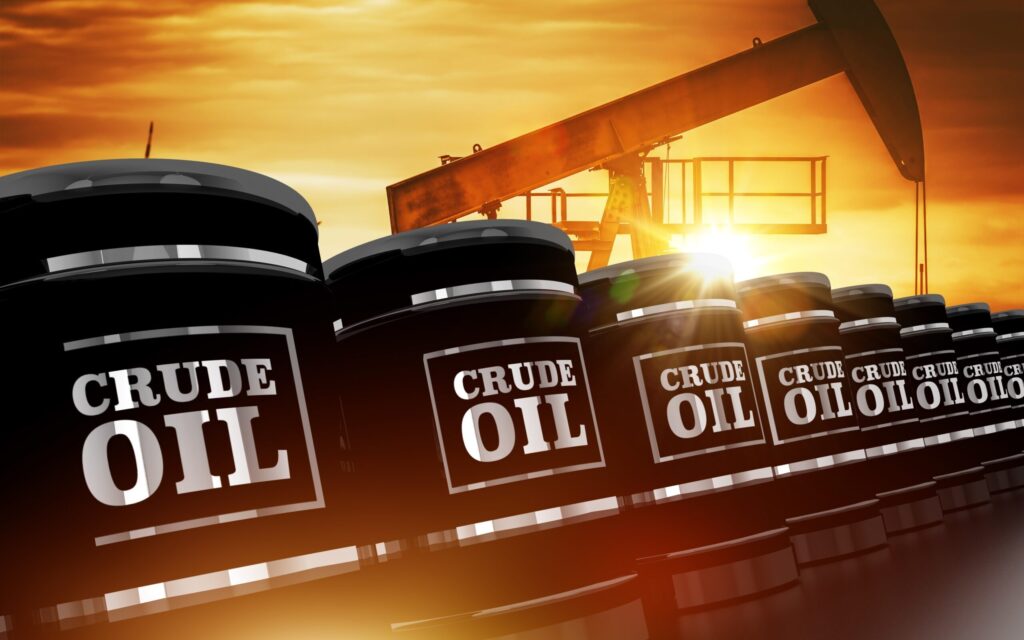I was discussing oil investments with a group of colleagues the other day.
Oil and natural gas are at the top of everyone’s mind as we get into the winter months in the U.S. These resources are used to heat homes, buildings and factories across the country.
Today, I’ll debunk some misunderstood myths about the oil and gas industry.
3 Oil Myths
Supply and Demand Drive the Price of Oil and Gas
This is mostly true, but there’s a bit more to it than that.
As I mentioned last week, the rules of supply and demand are pretty straightforward:
- When demand is low, supply is up and prices are down.
- When demand is high, supply is low and prices are up.
Oil and natural gas aren’t as simple as people wanting more or less. Suppliers dictate how much supply is released … no matter what the demand is.
The Organization of the Petroleum Exporting Countries (OPEC) plays a big role in setting oil prices.
These nations control about 70% of the world’s crude oil reserves.
The organization sets production quotas that sharply influence the price of a barrel of oil.
If these countries want more profit from the sale of oil, they can simply reduce the quota … limiting the amount of oil that goes out.
These quotas can change, no matter what the demand may be.
Releasing Reserves Adds to High Gas Prices
This oil myth is not accurate.
In March, President Joe Biden released 180 million barrels of oil from the U.S. Strategic Petroleum Reserve.
Biden wanted to lower gas prices by compensating for the lack of supply.
It worked.
According to a memo from the U.S. Treasury Department, releasing those reserves lowered the price of gasoline by around $0.17 per gallon.
But, it’s only a temporary fix. (I’ll show you why in a second.)
Oil and Gas Prices Are at All-Time Highs
This oil myth also isn’t true.
As you can see from the chart below, gas prices are not at their highest:
At the end of November, the price of a barrel of West Texas Crude Intermediate was around $77.
Oil prices peaked in 2008 at more than $140 per barrel.
The most recent high was earlier this year — when prices hit more than $120 per barrel in March.
It’s the same story for natural gas:
The highest price for natural gas was in 2021 when it was more than $20 per million British thermal units.
Most recently, the high was closer to $10. This spike followed the shut-off of natural gas from Russia to Europe after the invasion of Ukraine.
As I said last week, U.S. suppliers are shipping more natural gas to Europe to compensate for the shortfall in supply.
Now, the price is around $6 but trending higher as we get into the cold winter months. Natural gas is huge for heating homes and buildings.
Bottom line: As you can see, many different factors determine the price of oil and gas.
It isn’t just limited to how much we use or how much we have stored.
There are geopolitical issues at play as well — supply quotas from OPEC and sanctions on Russian natural gas exports.
And the con: How much higher will prices go?
Next week, I’ll dive deeper into that question.
The answer may surprise you.
In the meantime, I encourage you to use our proprietary Stock Power Ratings system or read my Stock Power Daily to find the right plays and take advantage of this trend in oil and natural gas.
Note: My colleague and Money & Markets Chief Investment Strategist, Adam O’Dell, is digging deep into oil markets right now, and he’s working on something big. He’ll have more for you soon.
Safe trading,
Matt Clark, CMSA®
Research Analyst, Money & Markets
Matt Clark is the research analyst for Money & Markets. He is a certified Capital Markets & Securities Analyst with the Corporate Finance Institute and a contributor to Investing.com. Before joining Money & Markets, he was a journalist/editor for 25 years, covering college sports, business and politics.
